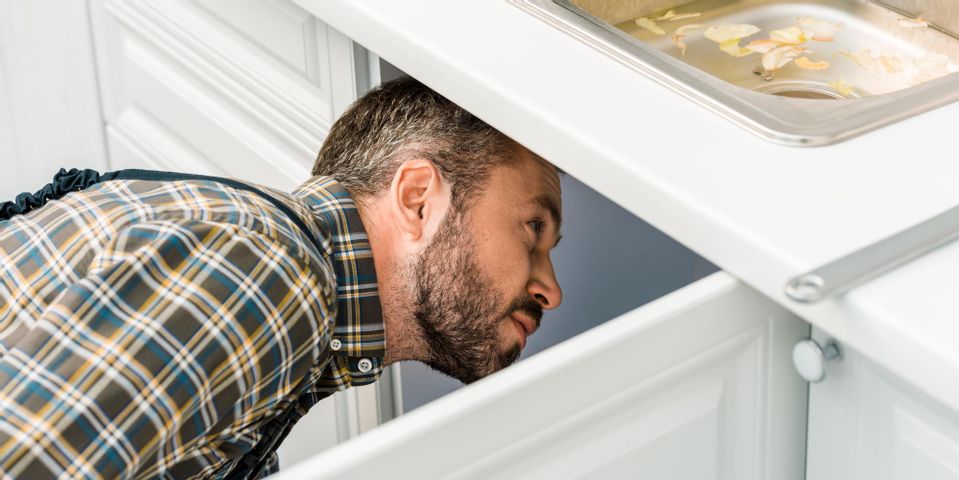3 Common Places for Mold Growth in Houses

Mold only needs moisture, oxygen, and warmth to survive. Several parts of your house could provide the ideal environment for growth. Exposure to the fungus is dangerous, so you should call a mold inspection specialist to investigate any problematic spaces. They might find it growing in the following areas.
Where Does Mold Commonly Grow?
1. Under the Kitchen Sink
A mold inspection specialist will open the cabinets under the kitchen sink to look for growth. This nook contains the garbage disposal and pipes that direct wastewater to the septic or sewer system.
Leaking plumbing fixtures can leave this area damp, and the cabinet doors block out the light. The heat from running hot water and nearby appliances can cause humidity levels to rise.
2. Inside Shower & Bathtub Enclosures
 Bathrooms are notoriously damp, humid places. When steam is released from hot water, the vapor lands on the various surfaces in the room. The droplets mix with oxygen and heat to cause mold spores to develop.
Bathrooms are notoriously damp, humid places. When steam is released from hot water, the vapor lands on the various surfaces in the room. The droplets mix with oxygen and heat to cause mold spores to develop.
The spores often form in grout lines and can spread to toiletries kept on moldy surfaces. Installing a vent or opening a window will help the humid air dissipate, but you should have the mold removed professionally.
3. On Windows & Windowsills
Condensation forms on windows when hot air inside the house contacts cold glass panes. The water can trickle to framing materials and windowsills.
The dampness and the warmth from the house can foster mold growth. Buildup on windows can make it challenging to open or close them.
If you’ve noticed a musky smell wafting through the house, contact the professionals at Spectrum Property Inspections. Based in Aurora, CO, the bonded and insured technicians will perform a thorough mold inspection to identify areas where treatment is needed. For inspections in Arapahoe, Adams, and Douglas counties, call (720) 203-6985. View additional inspection services online.
About the Business
Have a question? Ask the experts!
Send your question

